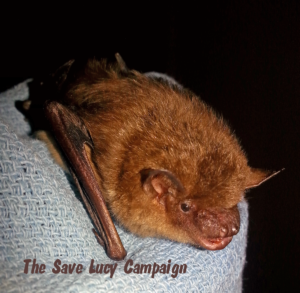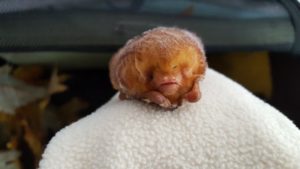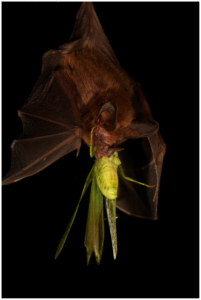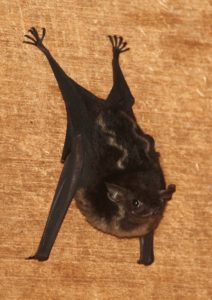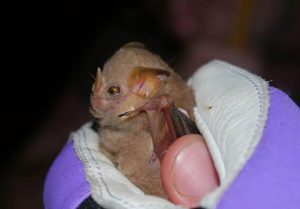Moth mufflers
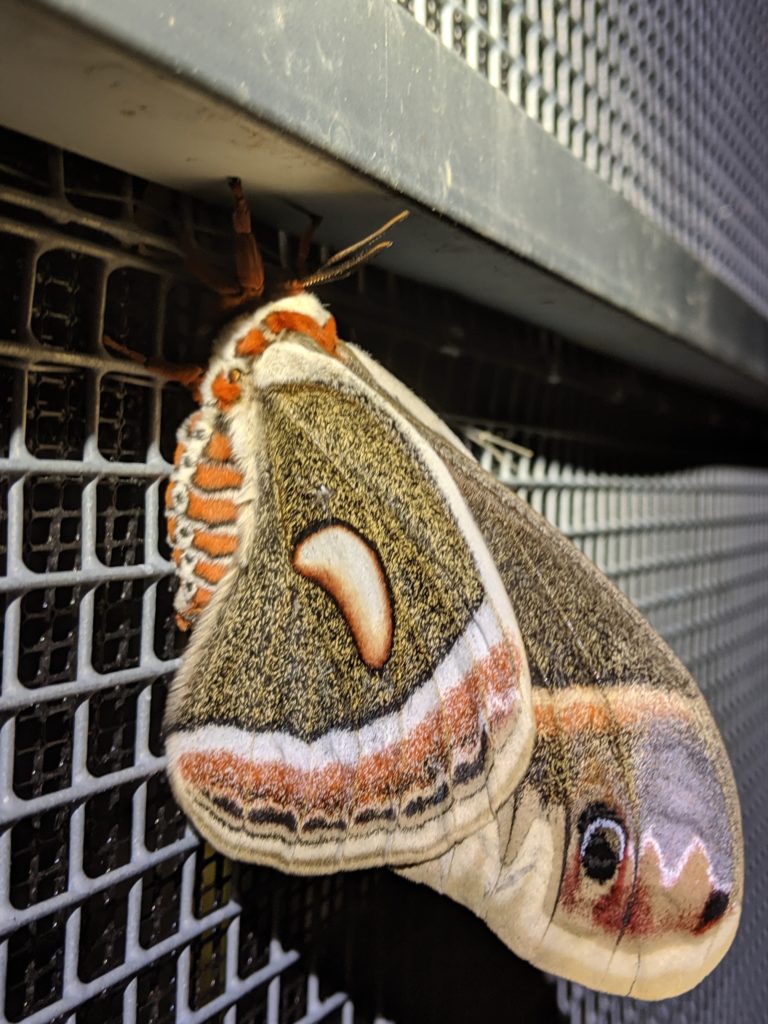
Hi everyone! I hope you all had a good week! I found a very interesting article about bat prey, specifically different species of deaf moths, to write about this week. As bats use echolocation to find their prey, it is…

Hi everyone! I hope you all had a good week! I found a very interesting article about bat prey, specifically different species of deaf moths, to write about this week. As bats use echolocation to find their prey, it is…

Hi everyone! I hope you all had a good week! I am excited because this Sunday, the 29th, there will be a NatureFest at Runnymede Park in Herndon, VA. There will be many stations around the park where you can…
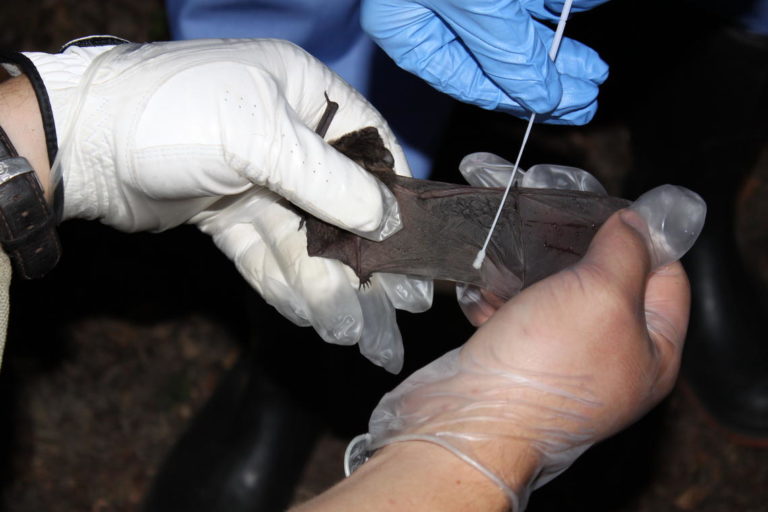
Hi everyone! I hope you all had a good week. And I hope you had a very happy Friday the 13th! I have some sad news. The fungus that causes White Nose Syndrome was recently detected in North Dakota for…
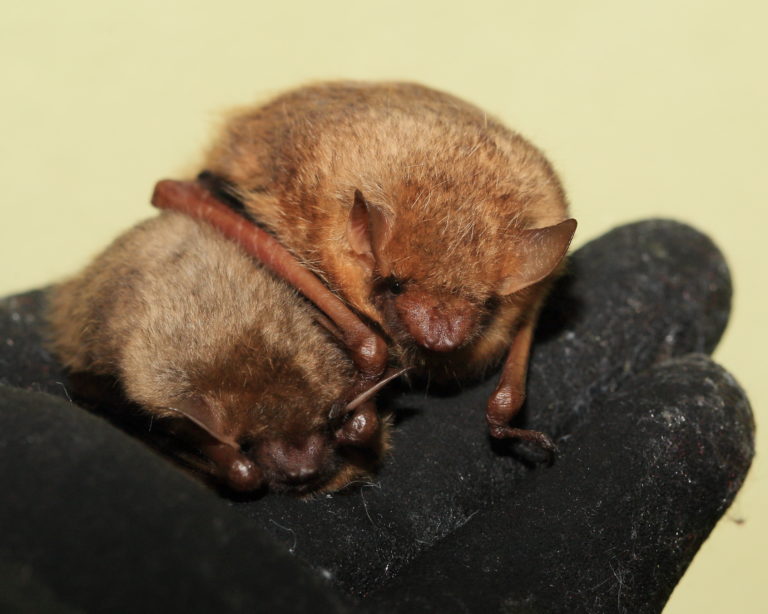
Hi everyone! I hope you all had a good week! And I hope everyone affected by Hurricane Dorian is safe! I found a really interesting article about bat brains to share with you this week. Recently researchers conducted an experiment…
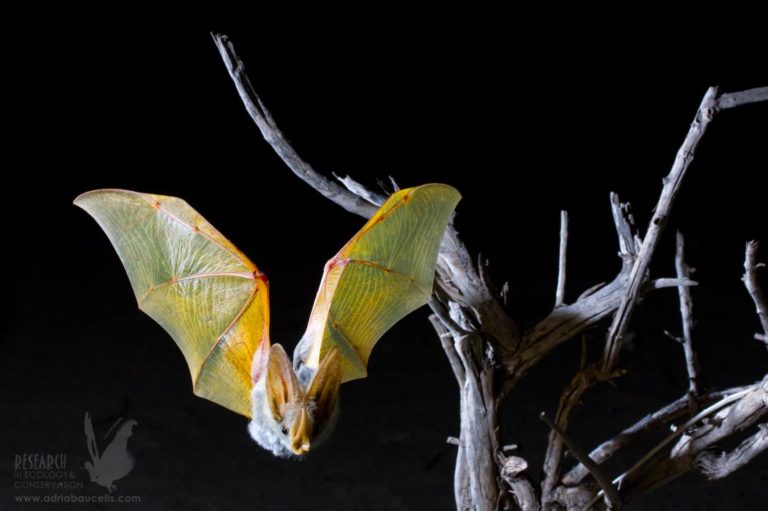
Hi everyone! I hope you all had a good week! I’ve had a wonderful past couple of weeks because I was on vacation in Maine and Quebec. There has been a new study from the University of Helsinki, where researchers…
